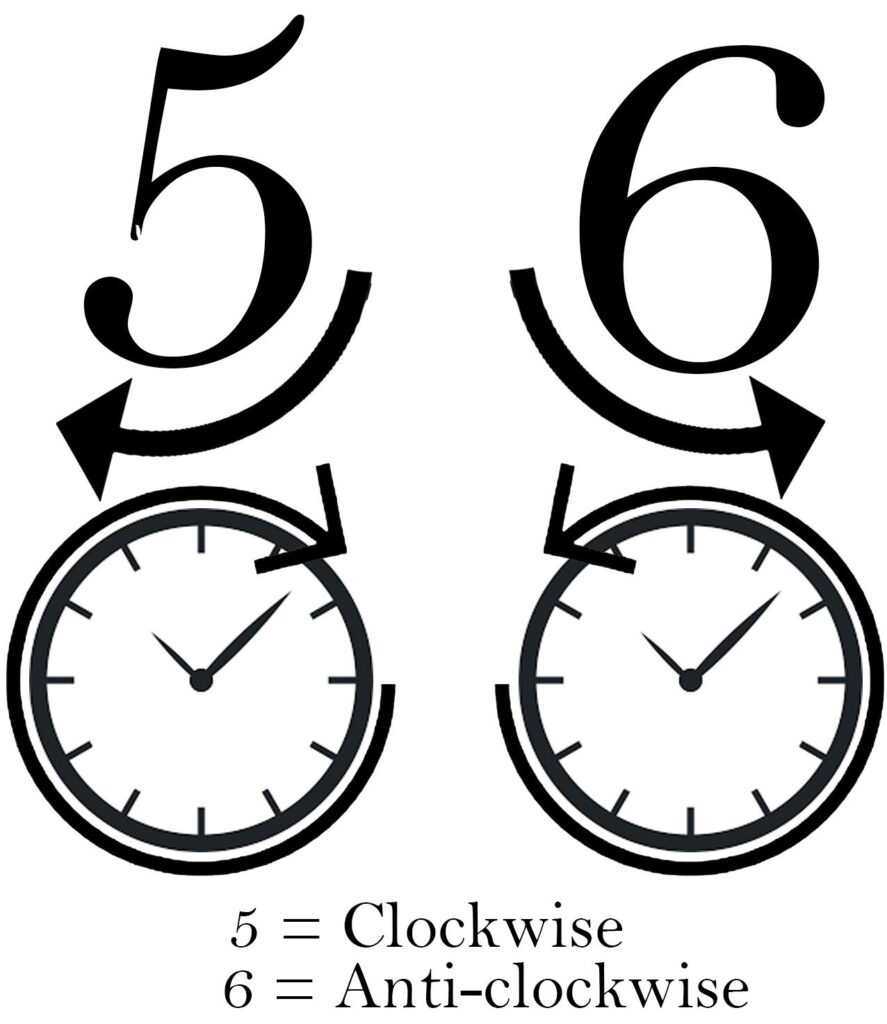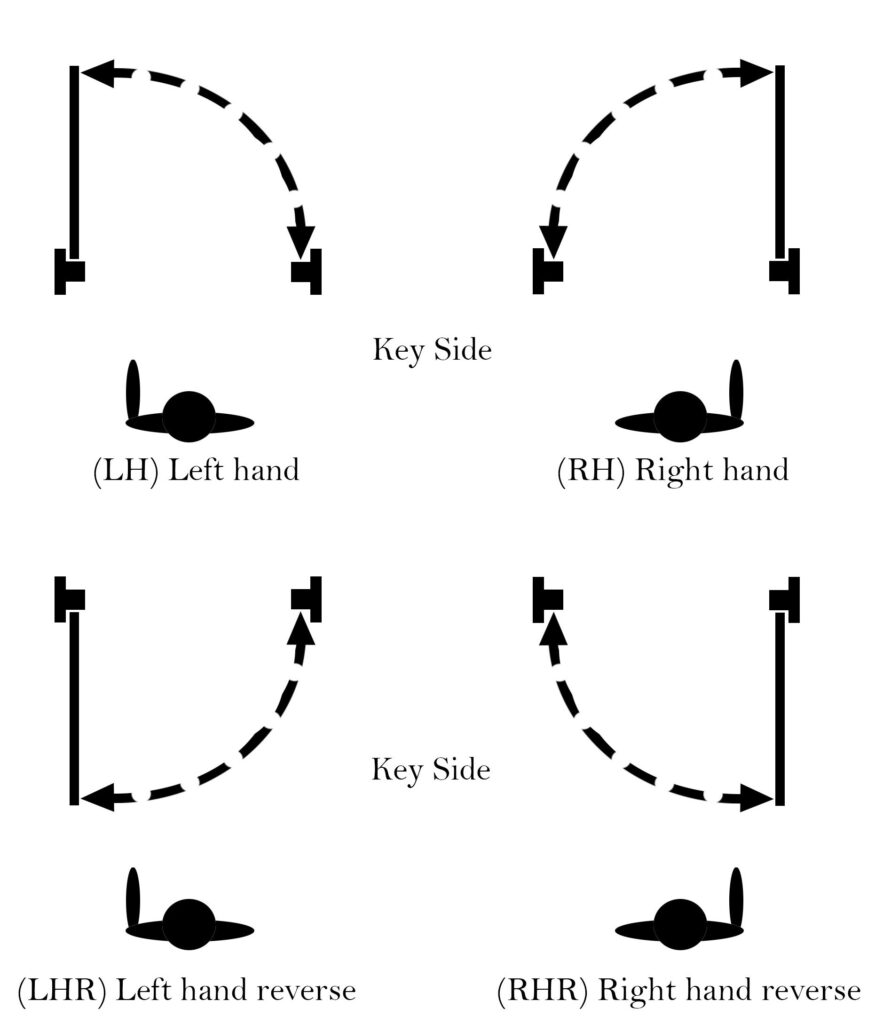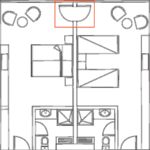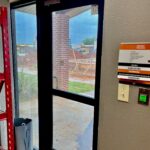 When I started iDigHardware 14 years ago, my goal was to reach a few hundred architects in New England, with the hope that they would check the site before calling me when they had a code question. I remember being so excited the first time the site received 50 visits in one day.
When I started iDigHardware 14 years ago, my goal was to reach a few hundred architects in New England, with the hope that they would check the site before calling me when they had a code question. I remember being so excited the first time the site received 50 visits in one day.
It was obvious very quickly that this resource was valued by a much wider audience – it was not limited to architects and was definitely not limited to New England. As it turns out, each day the site receives several thousand visits, and there have been visitors from almost every country.
To help support our international readers, I will be sharing some posts from the Allegion team around the world. Today’s post comes from Hamza Ali DHT and Sushil Kumar Dip GAI, both of Allegion.
~~~
Most of us are familiar with the handing of the door as per ANSI/BHMA (LH, RH, LHR, RHR). If you need a refresher, here is a post about door handing, and there is a whiteboard animation video on the topic here.
In British and EN Standards, the handing is followed differently.
- The term “handing” relates to the direction in which the door travels when it is in use. Ironmongers need to know about the handing to ensure the products they supply will be suitable for the doors on which those products are installed.
- Some door hardware items will only work on doors of a particular configuration, or “hand.” It is therefore important to ensure that the correct handed items are supplied.
- While handing is undoubtedly important, one must also consider that not all hardware is handed. Ironmongers will often describe these hardware types in terms such as:
- Non-handed
- Dual-handed
- Double-handed
- Universal
4.) The BS EN handing, also called ISO Handing, is as simple as looking at an analogue clock and telling a time.
The handing of the single-action door is determined by the direction in which it closes.
You can see from the diagram above how a single-action door can be described as clockwise closing or anti-clockwise closing.


Ironmongers have developed an easy way of describing these directions. By using the numerals “5” and “6”, the direction of closing is described by the writing of the numeral. Double Leaf doors will be handed as 5/6.
German Handing or DIN Handing
DIN Left and DIN Right are used in Germany and other parts of northern Europe, so you might have seen them used on products coming from those countries. This type of handing is decided by viewing the door from the “pull” side, and then noting which side the hinges are on. Look at the diagram for details.
DIN: Deutsches Institute für Normung
Submitted by: Hamza Ali DHT and Sushil Kumar Dip GAI, both of Allegion
Interesting, right?
You need to login or register to bookmark/favorite this content.














I like across the pond terms better,,,, Easier to understand and maybe less misunderstanding, when talking to another person.
Yes you have helped this lost person, many times, plus I found answers from past articles.
I cannot remember what year I found you, put I know it has been many.
Yes, it’s been quite a few years, Charles! 🙂
– Lori
And if you don’t have a headache yet, we can always throw detention hardware into the mix.
Thanks Ray, but I already have a headache! 🙂
– Lori
Very interesting! I’m curious then, how do our British and European colleagues designate the “key-side” of the opening, since it won’t always be pull-side or push-side? Seems that it would necessarily involve add’l text.
Having worked for door manufacturers in the UK for over 25 years we have always followed the DIN handing method.
When producing door schedules for clients or pruduction small diagrams showing this handing method are added for clarity.
The others are over complicated.
Can’t remember the last time I saw anyone use anything other than DIN.